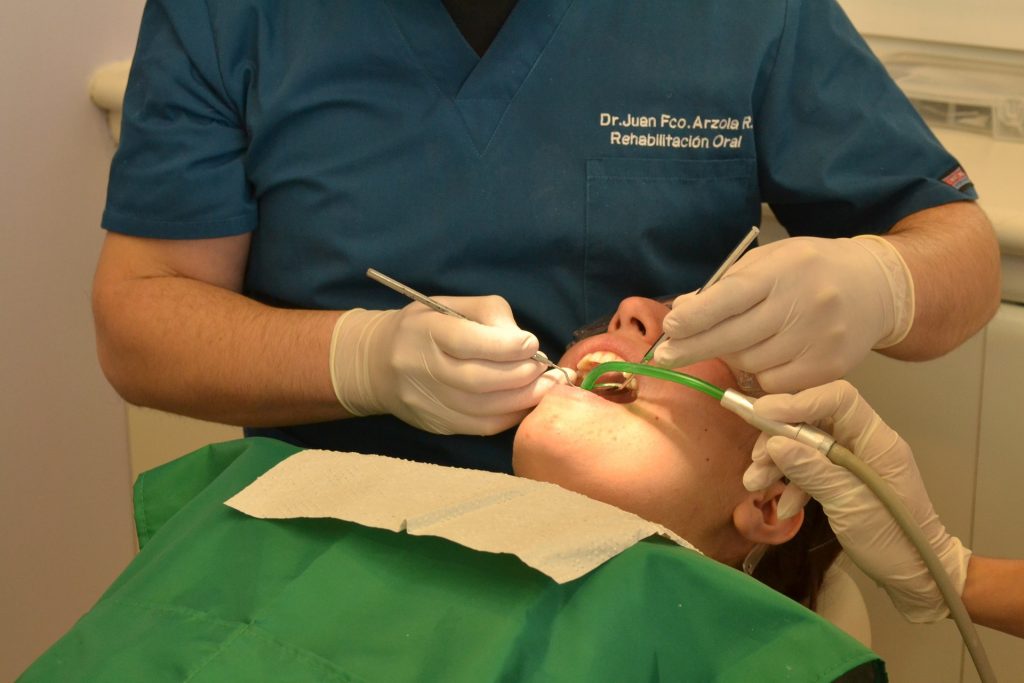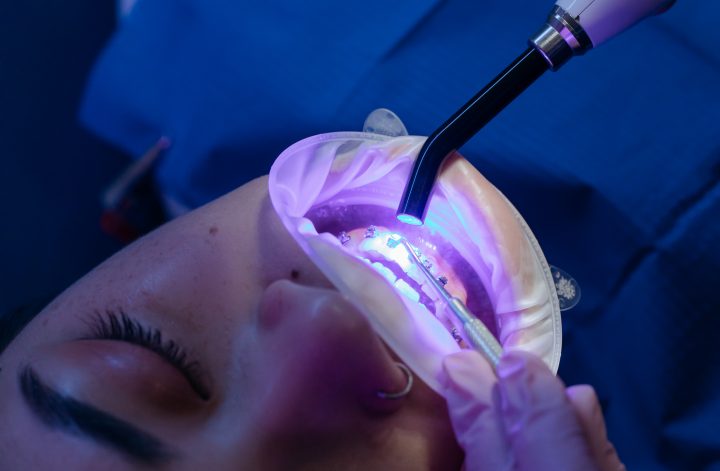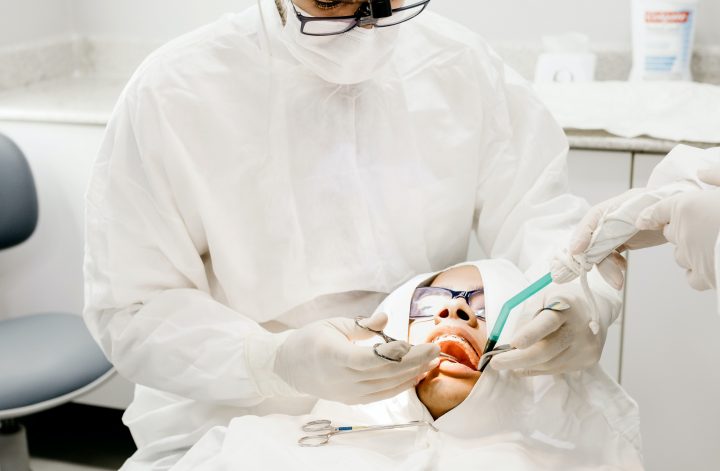But the results of applied research do not stop there. Orthodontics is experiencing its technological revolution. It has moved away from the image we have assumed for decades. Today the trend points towards invisible orthodontics, just as effective but impeccable from the aesthetic parameters. All these thanks to the use of sapphire brackets.
This variant also allows better oral hygiene during treatment. It is achieved thanks to covers that can be removed by the patient himself when he proceeds to his oral hygiene tasks. From the point of view of the final objectives, the correction of the teeth, they are just as reliable. Note that we are talking in all cases of low friction orthodontics. In the end, much more comfortable for the patient.
The computer-aided design and manufacturing of dental pieces by the same procedure have opened up new territories for orthodontics. The technology allows the construction of models layer by layer. It is achieved by reproducing the shapes of the anatomical structure of the patient. It is a more reliable process and also faster.
The data is obtained from the MRI images that are converted into a digital image. This in turn is transformed into a three-dimensional file that serves as the basis for forming the physical model.

Applications Of Digital Technology In Orthodontics Include:
- Planning for diagnosis and treatment.
- The manufacture of removable appliances.
- Custom manufacturing of lingual orthodontic appliances and other applications.
- Its advantages include fast manufacturing, minimal time, easy handling, and better visualization of results. Improves preoperative treatment planning and quality of treatment effect.
Implantology: Step To The Revolution
But if there is a discipline that has advanced at full speed in recent years, it is implantology. We have traditionally associated it with long, expensive, and cumbersome processes. They have been the time required to recover a tooth and ensure its durability. But such limitations are a thing of the past.
Today, implantology is fast and efficient, because it is supported by innovation in the use of high-precision computers. Its percentage of success and satisfaction for patients is very high. We can affirm that implantology is, at present, the basis of modern dentistry. And what we still have to see.
One of the examples of this evidence is the use of nanotechnology in dental treatments. We are talking about cutting-edge dental materials that incorporate nanotechnology. In this way, they help teeth to heal, rebuild enamel and protect them against bacterial infections.
What is a Master in Orthodontics? This program focuses on the specialized field of dentistry that is associated with misalignments between the teeth and the structures of the jaw. Students can anticipate taking classes in skeletal diagnosis, clinical practice, surgical correction, dental materials, research, craniofacial growth, surgical orthodontics, environmental safety, and professional and ethical practice. Hands-on training to learn the procedures and techniques for jaw alignment and teeth straightening will be prevalent throughout the program.
There are numerous benefits to obtaining an orthodontic degree. Not only can you get people’s smiles and confidence improved, but your job outlook is also favorable. Not only is job growth expected in the field, but the average salary for orthodontists is higher than many other occupations.
Tuition and fees expected for an orthodontic program can vary from location to location. The location and reputation of the school, the length of the program, and residency fees are all factors. Once students have narrowed down their options, it is best to contact the schools directly to find out what the financial requirements are.
Once students have gone through the long process of education and residency program, graduates can pursue a successful career in orthodontics. Most people choose to open their practice, although some join a dentistry group or society. For those who do not want to work directly with patients, they can choose to teach at the university or graduate level, or even participate in medical research.
The online database makes it easy to research and compare dental schools. From this point on, search for your program below and contact the admissions office of the school of your choice by filling in the lead form.


